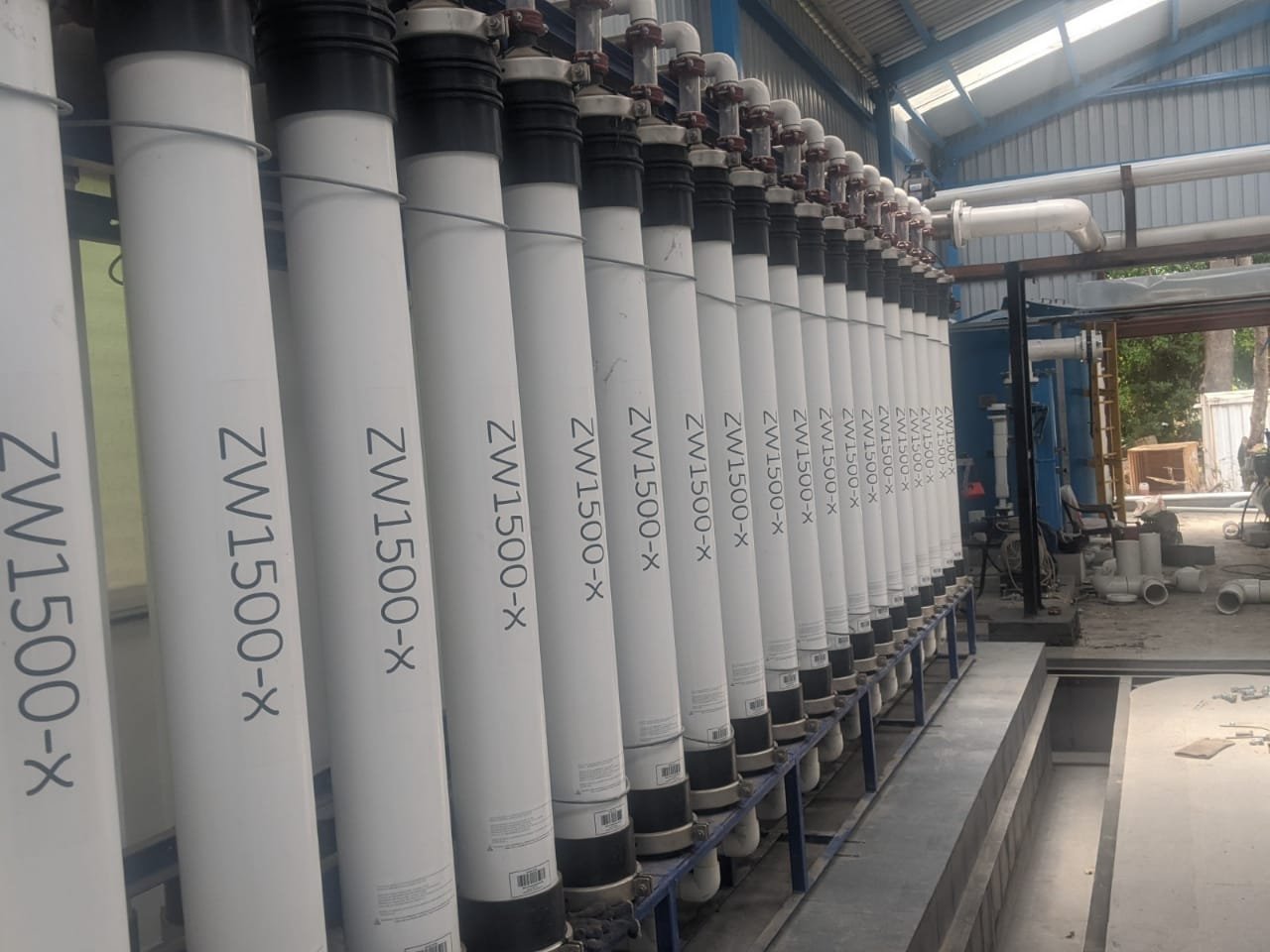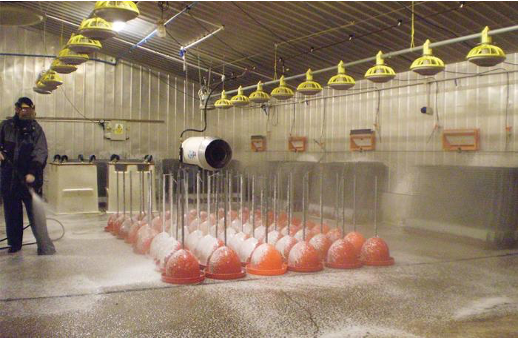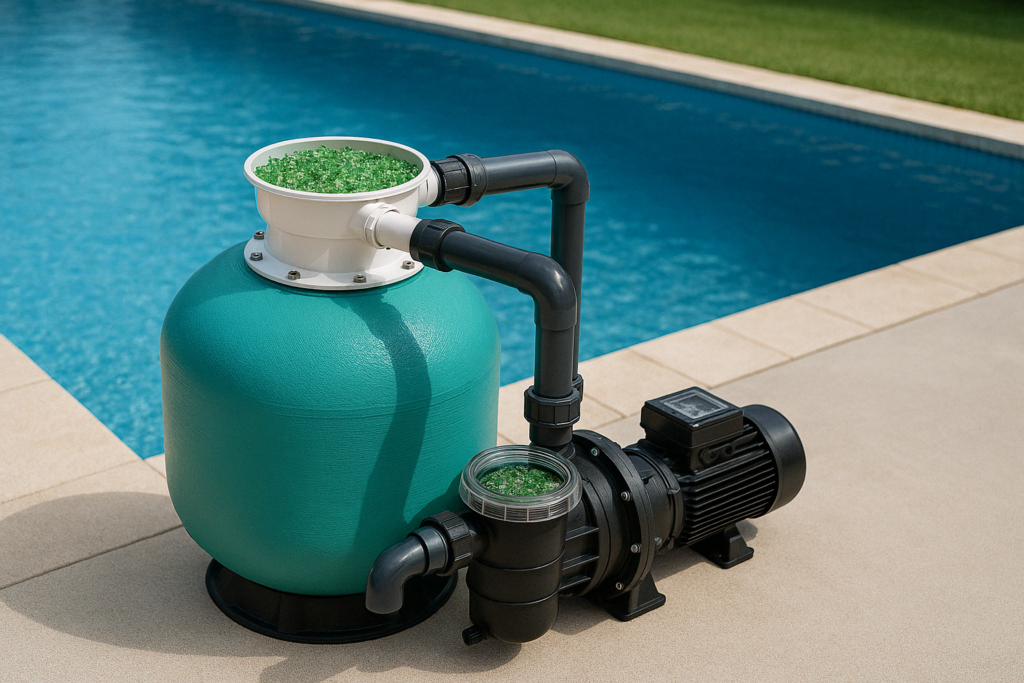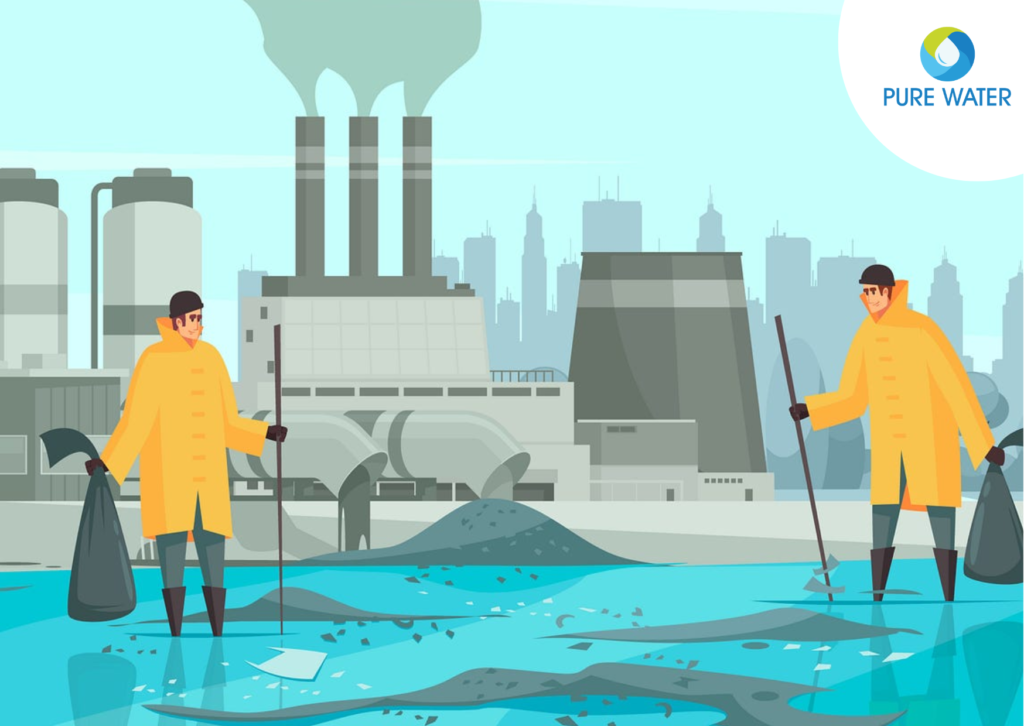
The need for appropriate pre-treatment to ensure optimum performance of reverse osmosis (RO) systems is well understood. RO manufacturers always recommend certain inlet water parameters in order to ensure optimum performance and membrane life. Any deviance in the parameters causes serious downtimes and damage to production.
Conventional pre-treatment is not 100% secure to achieve this recommendation as well as other parameters recommended by RO manufacturers. Due to these limitations, membrane filtration and especially ultrafiltration (UF), is now started to be recognised to be the best pre-treatment before RO.
Ultrafiltration (UF) is theoretically the best pre-treatment before an RO system, removing from the feed water most of the potential elements responsible for membrane fouling such as particles, turbidity, bacteria and large molecular weight organic maters.
UF Benefits to RO Operation:
The UF acts as a barrier filter, retaining any particles over 0.1 micron. This allows the RO to operate at a higher design flux and therefore higher total flow, to increase production, or to produce the same flow as before but with less energy. In a new installation, a smaller RO can be used. With UF pre-treatment, the RO has reduced requirements for membrane cleaning, meaning that chemical usage and wastewater discharges are reduced. Longer membrane life is also a benefit.
UF Membranes features:
- Hollow strands of porous plastic fibres with billions of microscopic pores on the surface
- The pores are a thousand times smaller in diameter than a human hair
- Semi-permeable membranes form a physical barrier to impurities but allow pure water molecules to pass
- Separates small suspended solids, viruses, and other large molecules
Parameter to choose the right UF Membranes:
- Flow path Configuration – The outside-to-inside flow path of a hollow-fiber UF membrane is usually the best configuration. The contaminants from the feed will accumulate on the outside of the fibers, much like a cartridge filter that is familiar to all water purification.
- Reduced Power Consumption – The backwash flow for the cleaning of UF membranes adds heavily to the overall power costs. UF membranes with a lower backwash flow requirement should be preferred.
- Reduced RO Cleaning – Efficient pre-treatment of inlet water reduces the bacterial/particulate load on RO membranes. This in turn reduces the frequency of RO cleaning
- Lower Chemical Consumption – Longer intervals between RO membrane cleaning means a dramatic reduction in pre-treatment and cleaning chemicals usage.
- Easy Capacity Expansion – Increased production demand subsequently leads to an increased process water demand. This can be addressed by simply adding additional UF membranes to the existing system.
- Longer RO Membrane life – When the UF membranes help in treating the RO inlet water to the expected parameters, the life of the RO membranes increase due to lesser fouling and choking.
The parameters mentioned above are extremely points of consideration before making a decision, since UF membranes are a huge capital investment which will require periodic replacement.
Suez Zeeweed Ultrafiltration membranes are widely considered to be the best UF membranes available in the market. It has all the above parameters nailed on, along with the fact that it has higher tolerance against solids and higher average recoveries compared to other brands.
Get in touch with at – info@purewaterent.net, to know more about our Suez Zeeweed UF membranes and how they can help you save big on energy, chemical as well as membrane replacements costs!







About The Author: Pure Water
More posts by Pure Water